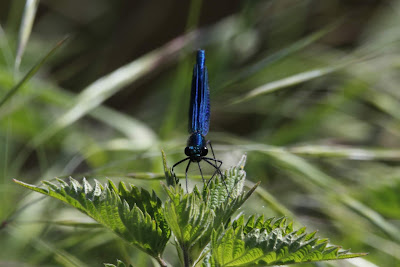At the moment, whilst I write this blog, its strange times we live in, a one in a life time event, one for the history books. Looking back from the future, we might ask what all the fuss was about, or maybe what a tragic time it was. Lockdown really has brought the country to a full stop, yet nature carries on regardless, and spring has come and sped past as we sit indoors.
LONG TAILED TIT
River Meadow
With Brexit happening, its now a time to create a greener society, to create an agricultural policy that actually has the importance of nature at its core and that recognises that nature is important to people. Its quite simple, food can be grown alongside nature, the two existing in the counrtyside together, they are not opposing forces.
Suffolk Punch Field, the bushes white with HAWTHORN flowers
At the moment the countryside is so lush, so green and verdant, life really has fully come on with such power that it can be quite staggering. Its such an amazing time of year, my favourite. With life supercharged at the moment, its quite difficult to realise at the same time, nature is finding it difficult out there in the general countryside, that we have destroyed a lot of our natural world, in an insane drive to overproduce food, based on world war two ideology, one so dated and out of context with our times. Things need to change and maybe lockdown will help turn things in a better direction.
Looking across from Second Field
LINNET in dappled light, subtle colours, but still pretty
Despite visiting the Patch every day, not a lot was forth coming, bird wise. A NIGHTINGALE was heard singing for a couple of days from the scrubby area behind the church. I don't know whether it just quietened down to breed or just moved on, as I didn't hear it later on, but it was in suitable habitat.
Nightingales are one of those mythical birds, the greatest of our songsters. Their song, a variety of melody, comes out like a machine gun, hitting your ears with force, making it unmistakable. If you wonder if a song belongs to a nightingale, it probably isn't a nightingale. This bird, like many, is finding things difficult in the countryside, due to many varied causes, internationally, but Suffolk is a stronghold for the species, and there are still many to be found in the county.
female LINNET
The first WHITETHROAT appeared on the 18/4, with LESSER 'THROATS on the 23/4. These species are birds of the open, farming, landscape. 'THROATS prefer hedgerows and areas of grass with scattered scrub, and are quite common. LESSER 'THROATS, which aren't in fact smaller than their cousins, inhabit taller, overgrown hedgerows, and are a lot more secretive and rarer.
Flock of LINNET, First Field
LINNETS have been late to start breeding this year. They winter somewhere else than the Patch, and so I don't see them for half the year. This Spring there have been two large flocks, a flock peaking of 60 on the First Field and one of 30 near Rise Hall. The flocks would fluctuate in number as birds come and go, with pairs breaking off to find a territory. This bird had been in decline but I think their numbers have now steadied, and as you can see are plentiful on the Patch.
Most of the Patch is given over to agriculture and crop growth, which isn't productive for nature, but put food on our plates.
Towards the end of the period, bird song slowly began to curtail as most of the resident, early singers, were now busy rearing families, and so didn't have the energy to do sing anymore. By mid May, most of the Spring bird migration had mainly come to a stop, with only a few late birds passing through.
Brood of MALLARDS, miles away from the nearest body of water, they must have got lost
HARES haven't been that common on the Patch during this period with just one record in the Prairie Field north of the Suffolk Punch Field. A HEDGEHOG was found dead on Byron Road, the street I live on, crushed under the wheels of a car, just one of the many obstacles our wildlife has to face.
The Pond





























